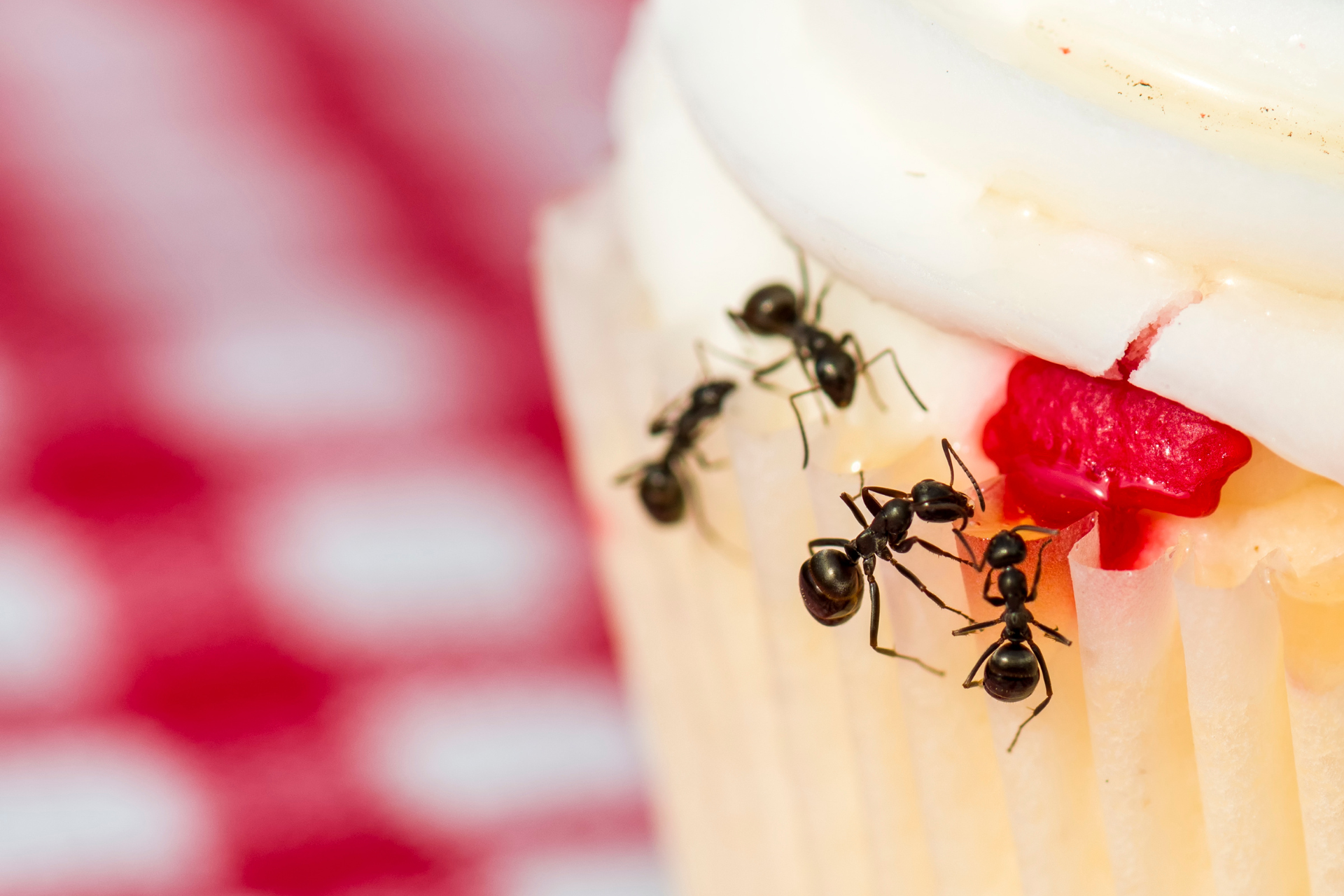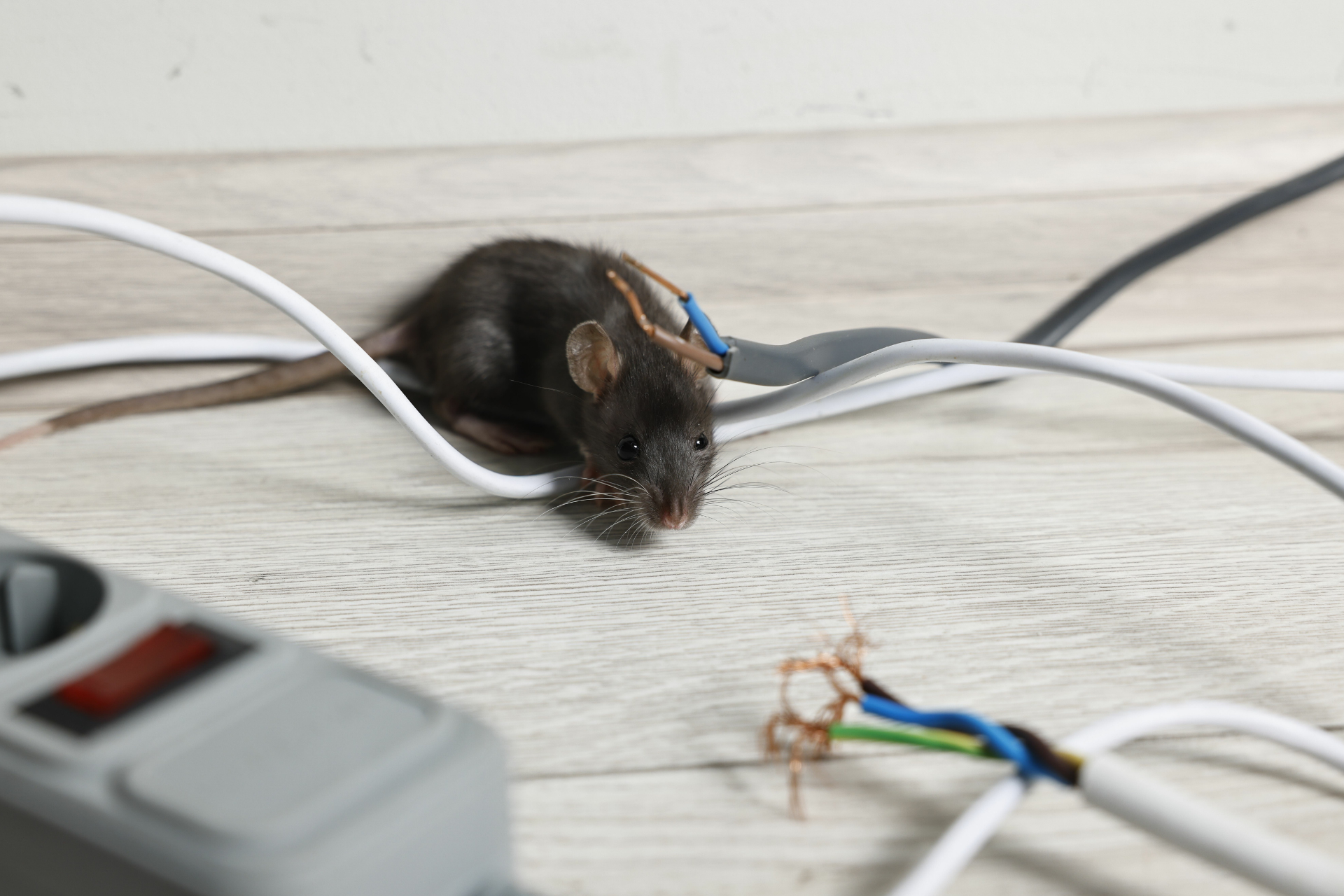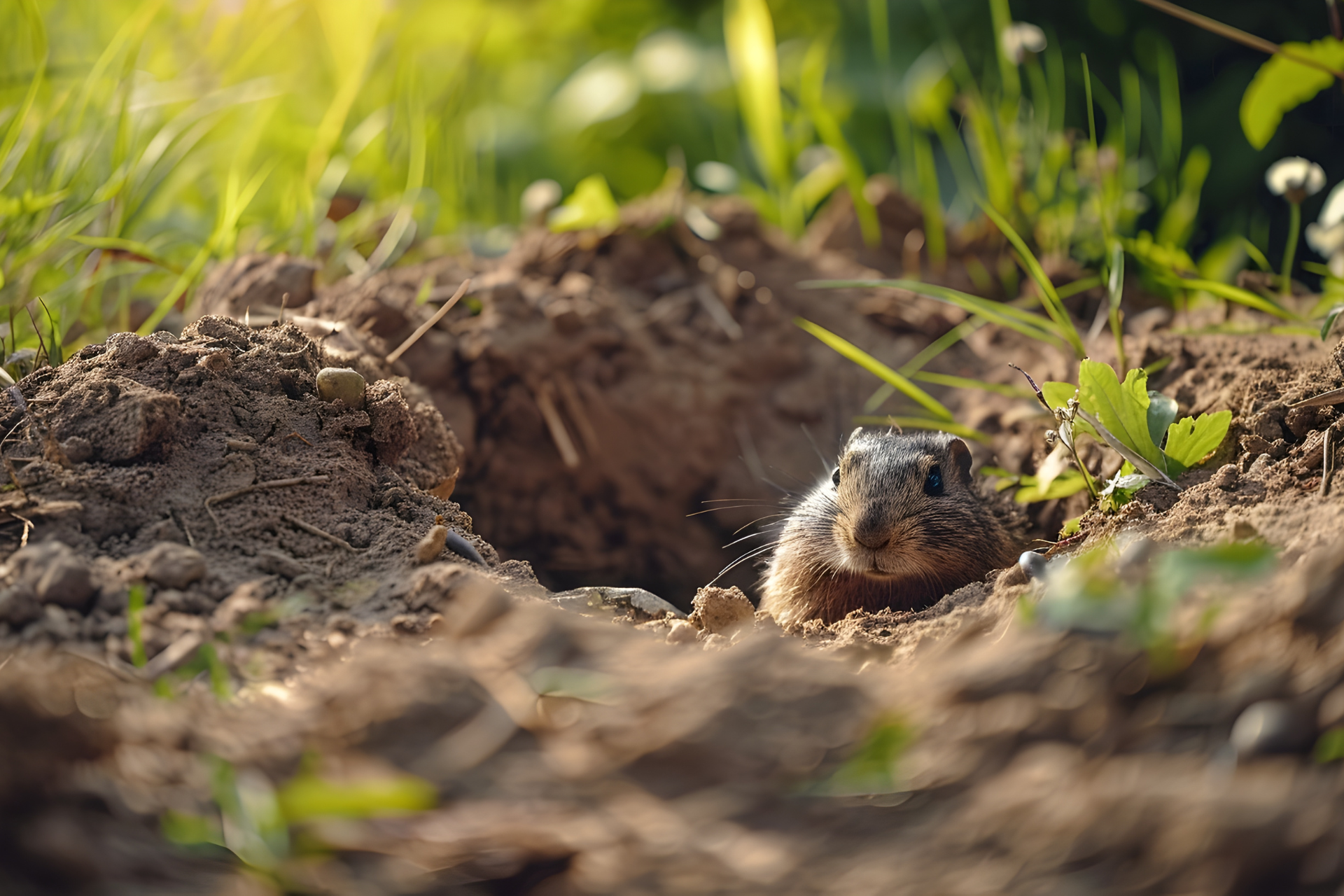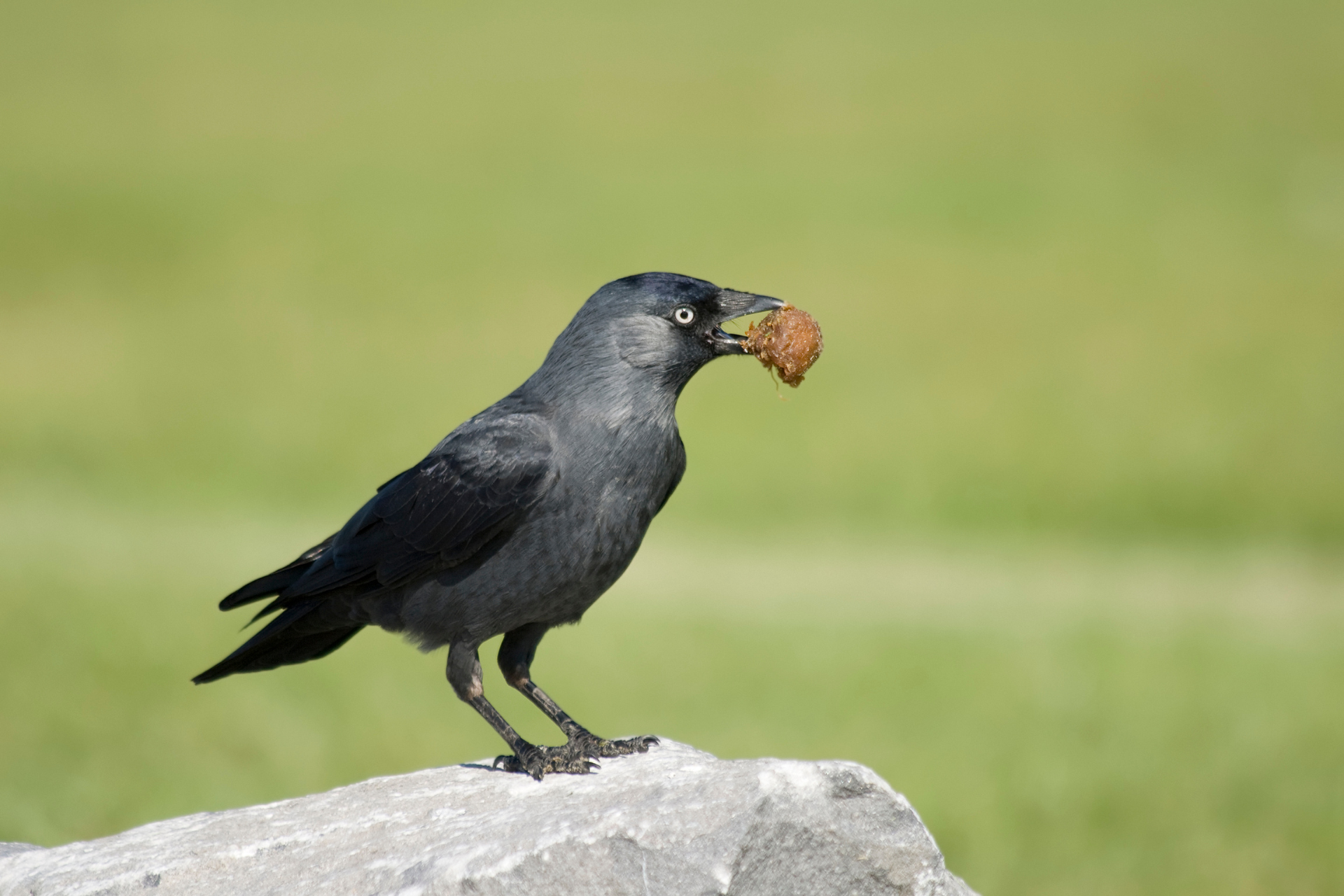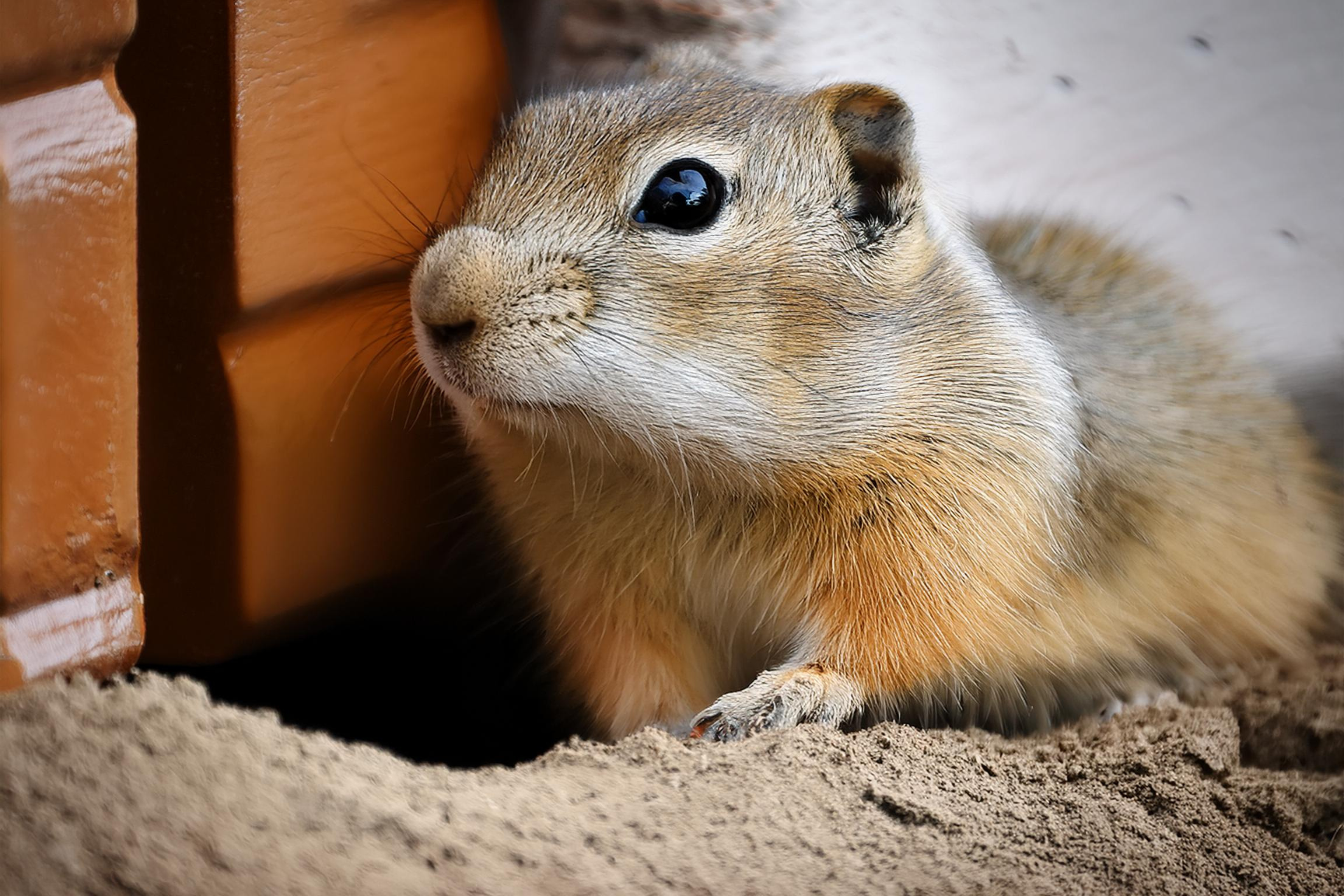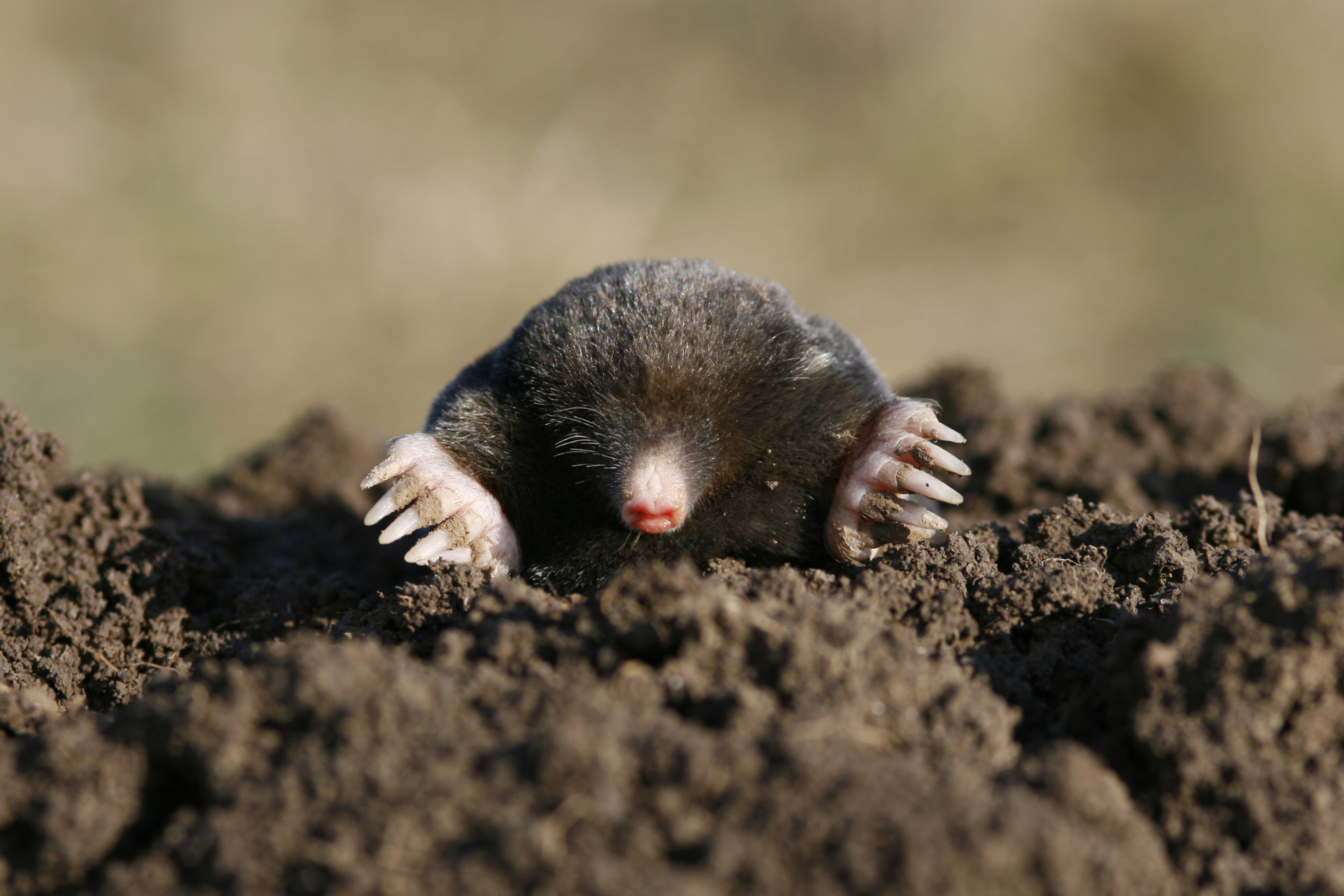Mice, Rats and Voles. What's the Difference?
While there are many furry, scurrying little creatures, three seem to be most mistaken for each other: mice, rats, and voles. Regardless of the critter you’re dealing with, two things that remain constant are the headaches they can cause and the need for the professional help from experts like those at 101 Gopher & Pest Control.
If you’re trying to identify which of the three may be invading your place, the first question to ask is, “Are they inside or outside?” If the answer is outside, voles are more than likely the culprit. Of the three, these burrowing hide-and-seek champions create runways of dead grass which they repeatedly use to search for food. The worn-down path also gives them an obstacle-free get away from predators. While mice and rats can nest inside, they love the accommodations your house can provide. Inside homes, mice like closed quiet places like shoeboxes, drawers, under cabinets, or other not normally disturbed areas. Rats meanwhile, depending on the species, burrow down below main floor living or live on the upper levels and in attics.
Voles have the most limited diet, as they are, for the most part, herbivorous; only on rare occasions do they eat insects or snails. They prefer to eat plants and tree bark, and ¼ inch teeth marks in the bases of your trees can expose their presence. They sometimes burrow through roots, which can cause plants to grow crooked or die altogether.
Mice and rats have adapted to many habitats, especially urban areas where people live. They are opportunistic eaters and can eat almost anything from garbage scraps to biting through food packages in your pantry. When they break the seal on these packages, the contents can become contaminated by their urine and feces. They ruin about 10 times more than they eat. Unlike the vole, which is very shy, mice take more risks than voles in their search for food due to their curious nature. Rats are the most suspicious of the bunch, especially when new things are presented to them, even food. That is why it may take a while for them to approach a newly laid trap.
Voles are roughly the same size as mice, normally between 5-8 inches, but voles have shorter tails, more prominent ears, and fat, stocky bodies covered in reddish-brown fur. Most vole species weigh three or fewer ounces, with the one glaring exception being Southwestern water vole, which can grow to be up to 8 ounces.
When people think of mice, they think of a scurrying little ball of black or white fur, but they can be a wide array of colors and fur patterns. Rats, the most infamous of the three, are also the largest. Norway rats can reach up to 20 inches while Roof rats up to 15. The Norway can weigh as much as two times as a Roof, with reports of the famous New York City Subway rat reaching two pounds.
If you are unaware of the signs, voles can be the most difficult to identify, as they spend most of the time underground in their burrows, only venturing outside to run through their pathways six to eight times a day for about 10 minutes at a time. Mice and rats are nocturnal, so seeing one in the daytime means that food is scarce, and a large population is close by. However, they do leave telltale signs behind. Rubs marks and hair around commonly used paths, and a trail of droppings, rice-sized for mice and round pellets for rats are a sure sign.
What these three have in common are the diseases they carry, such as Leptospirosis, Rabies, Salmonellosis, Tularemia and Hantavirus Pulmonary Syndrome. They also are home to parasites like lice, ticks, and fleas, and the disease they carry like the plague, Lyme disease, and Rocky Mountain Spotted Fever. These three rodents have constantly growing incisors that need to be gnawed down to avoid them growing out of control and causing harm to the animals. Rat’s teeth measure 5.5 on the Mohs scale, which allows them to chew through iron and copper.
Whether you’ve got mice, rats, or voles on your property, the end result is the same, you’re going to need help. If you live in Los Angeles County, Ventura County, and the surrounding areas, 101 Gopher & Pest Control is the company of choice. Our knowledgeable wildlife removal experts are waiting to care for your rodent problem as soon as you give us the green light.
Contact us today for an estimate.

